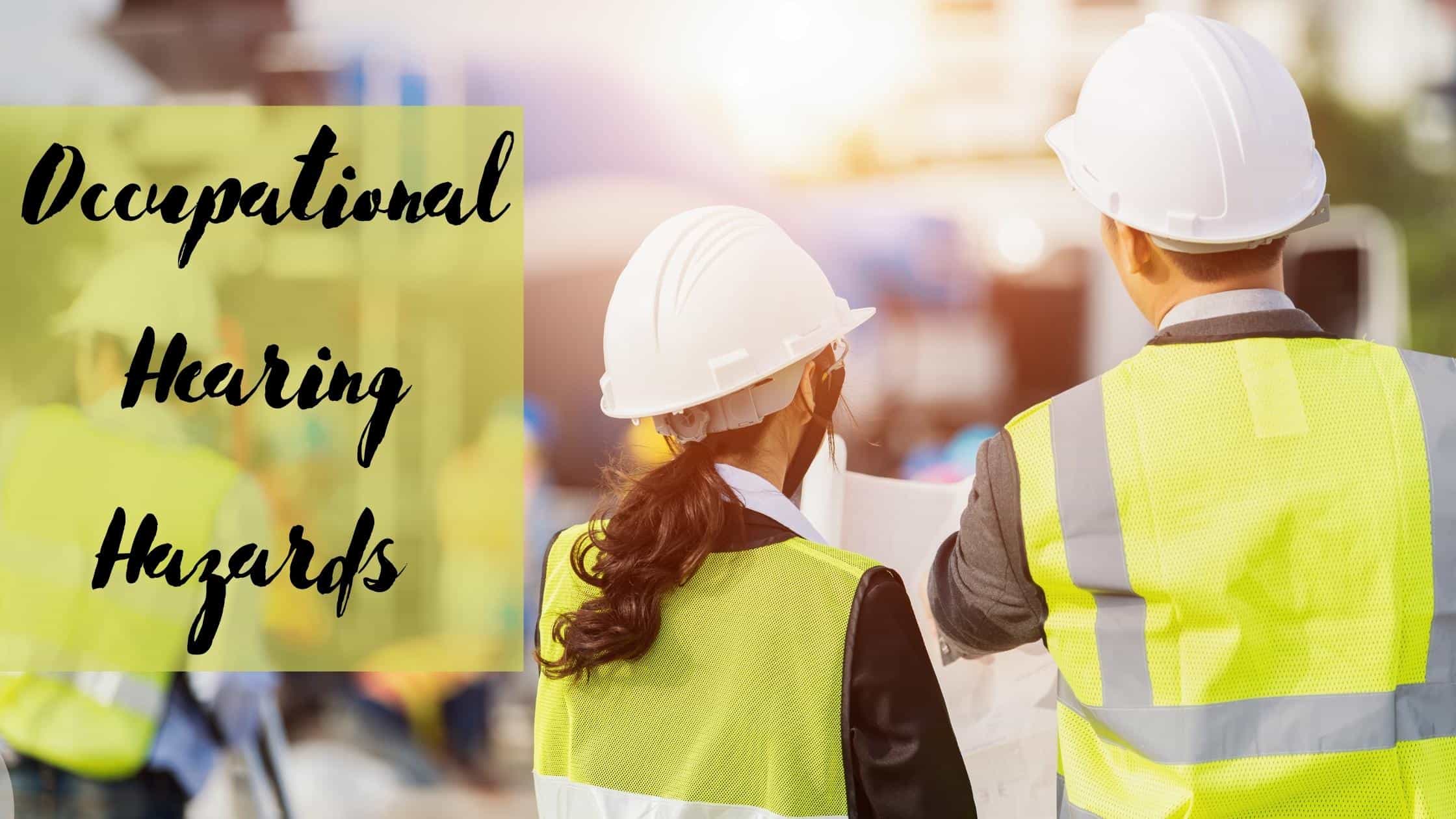
One of the most common places people are exposed to loud noise is in their work environment. Noisy workplaces are a significant contributor to hearing loss, a medical condition that impacts nearly 1 in 5 people. Also referred to as occupational hearing loss, impaired hearing reduces a person’s ability to absorb and process sound which produces a range of symptoms that can really disrupt daily living. Hearing loss not only strains communication but also impacts job performance, social life, as well as mental and physical health. Being aware of noise levels in your workplace and practicing ways to protect your hearing can reduce your risk of developing hearing loss.
What are Occupational Hearing Hazards?
There are two major types of occupational hearing hazards:
- Loud noise: sound above 85 decibels is considered loud and potentially harmful for hearing. There are various types of work environments that exceed this volume.
- Ototoxic chemicals: this includes solvents and other types of chemicals that can impact hearing health (carbon monoxide, metals, hydrogen cyanide etc.).
According to the Centers for Disease Control and Prevention (CDC):
- Nearly 30 million people are exposed to hazardous levels of noise at work
- 12% of the working population has hearing difficulties
- 8% experience tinnitus, a ringing or buzzing like noise in the ears (a common symptom of hearing loss)
- 24% of all cases of hearing loss is caused by occupational hearing hazards
Occupational hearing hazards increase the risk of developing hearing loss. More commonly, one time or consistent exposure to loud noise can lead to noise induced hearing loss.
Noise Induced Hearing Loss
Sound is measured in units referred to as decibels (dB) and noise 85dB+ is hazardous for hearing health – 85dB is similar to busy city traffic, vacuum, and noisy restaurants. A few indications that your workplace is too loud is if you have to project your voice to be heard, frequently ask others to repeat themselves, or need others to speak loudly. According to the Occupational Health and Safety Administration (OSHA) people can be exposed to 85dB for 8 hours per day without dangerously compromising their hearing. But noise level that exceeds this should be monitored and mitigated. OSHA’s recommended guidelines for safe exposure list that for every 3-decibel increase (after 85dB), the safe exposure time should be cut in half:
- 85dB: 8 hours
- 88dB: 4 hours
- 91dB: 2 hours
- 94dB: 30min
Going beyond this can cause permanent damage that then produces hearing loss. Loud noise can damage the hair cells in the inner ear. Located in the cochlea specifically, these hair cells help translate soundwaves into electrical signals that are then sent to the brain. The brain is then able to further process these signals, enabling us to understand what we hear. There are thousands of hair cells in each ear, all of which humans are born with. Hair cells in the cochlea, unlike other types of cells, do not regenerate which means that when they experience damage; the loss of sensitivity and function is irreparable. This kind of damage makes it difficult for the brain to process and understand incoming sound information, producing hearing loss.
Tips to Protect Hearing Health
There are various ways you can protect your hearing from occupational hearing hazards. A few tips include:
- Wear protective gear: a great way to reduce the impact of loud noise is to wear protective gear like headphones, earmuffs, or ear plugs which serve as a protective barrier for the ears.
- Measure workplace volume: being aware of volume levels allows you to identify safe exposure time. You can measure volume by downloading an app that measures the decibels in your environment.
- Access accommodations: employers are required to provide safe work environments and accommodations as needed. This includes hearing protection, breaks, support for any hearing loss etc.
- Take breaks: taking listening breaks throughout the day is a useful way to provide your ears (and brain) with the time to rest from constantly absorbing and processing sound.
